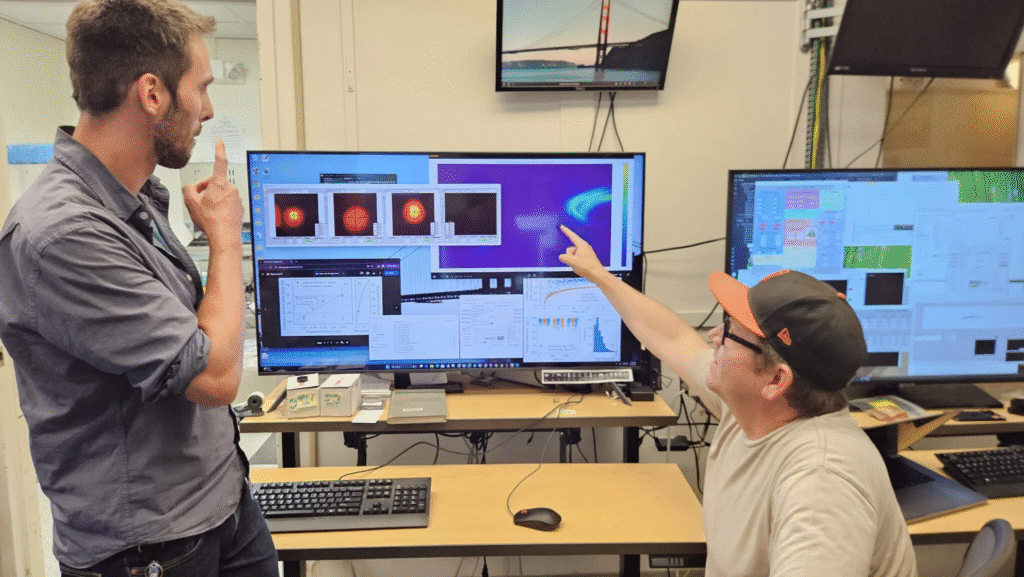
TAU Systems Inc. and researchers from the U.S. Department of Energy’s Lawrence Berkeley National Laboratory (Berkeley Lab) have successfully demonstrated intense, coherent light pulses from a free-electron laser (FEL) driven by a laser-plasma accelerator (LPA). This scientific milestone, published in Physical Review Letters, confirms that compact FELs, which are enabling technologies with direct applications for quantum computing, are now within practical reach.
The collaboration focused on a laser-driven acceleration method to compress the physical size of FELs. The LPA achieves acceleration gradients up to 2,000 times stronger than conventional linear accelerators, allowing the system to achieve electron energies within a smaller physical footprint. The system demonstrated exponential FEL gain, producing coherent radiation with beam stability over multiple hours of operation. TAU Systems contributed expertise in accelerator beam physics, FEL optimization, and LPA system design under a Cooperative Research and Development Agreement (CRADA) with Berkeley Lab.
The development of compact X-ray FELs has potential applications for quantum technologies. These include next-generation lithography techniques for patterning quantum devices with ultra-fine feature sizes, high-volume manufacturing of silicon quantum devices, and the characterization and development of quantum materials such as superconductors, quantum magnets, and topological insulators. This technology aims to democratize access to a tool previously confined to large national laboratories, which could accelerate the development and fabrication of quantum devices and materials.
Read the full announcement here and the paper in Physical Review Letters here.
August 6, 2025

